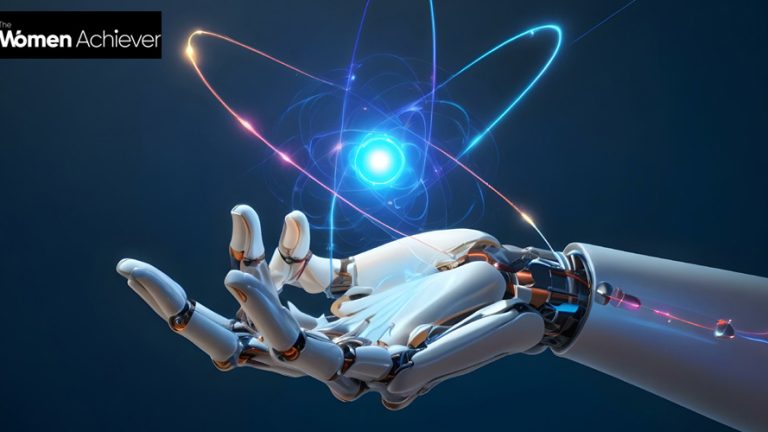Here’s on AI Disruption: Why Women’s Jobs Are More at Risk of Automation
As artificial intelligence (AI) remakes the world’s labor force, a discomfiting truth is unfolding: women’s work disproportionately hangs in the balance. With efficiencies and innovations brought on by automation also come threats to women’s fields and jobs and thus gender equity concerns for work in the future.
The Automation Equation: Who’s Most at Risk?
According to the most recent McKinsey and World Economic Forum analysis, 40% of women’s work worldwide can be automated by 2030. Why? Women are overrepresented in work that is:
Routine and repetitive, including data entry, administrative, and customer service jobs.
Part-time or informal, for which the legal protection or retraining support might not be available.
Deeply sectoral in retail, manufacturing, healthcare, and education, where much of the work is being automated.
The Gendered Impacts of AI
It is not just men who are threatened by automation, but the impact for women is more nuanced and multifaceted:
Job Type Gap: Women are underrepresented in high-growth and high-technology sectors like AI development and robotics, which are less susceptible to automation.
Digital Divide: Inability to access upskilling courses and digital training holds back a lot of women from making the transition into new technology occupations.
Unpaid Work: Automation is not reducing unpaid home and care work-which is still disproportionately falling on women.
A Wake-Up Call to Employers and Policymakers
- As policymakers and employers develop an AI-shaped future, gender-sensitive solutions need to be considered. These might include:
- Upskilling and reskilling opportunities for women, especially in digital and STEM fields.
- Policies and interventions involving social protection for women during transition periods, such as childcare and adaptable learning pathways.
- Upscaling women’s participation in AI design and governance so that technologies are made inclusive, representative, and carefully ensuring they do not perpetuate existing bias.
The Opportunity Within the Disruption
AI, when properly used, can also open up new opportunities for women. Telework, online platforms, and AI-enabled goods can bring about greater access to markets worldwide and more flexibility. Digital health, education tech, and financial technology are also sectors being created-and can be made more inclusive by making the correct investments in women’s participation and learning.
Conclusion: AI does not need to widen the gender gap. But it will-predictably-unless we take action about it. Women need to lead the discussion on the future of work and not be relegated to the sidelines mute victims of automation. It is time to act-make AI empower women instead of displacing them.






Add comment